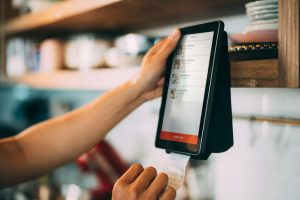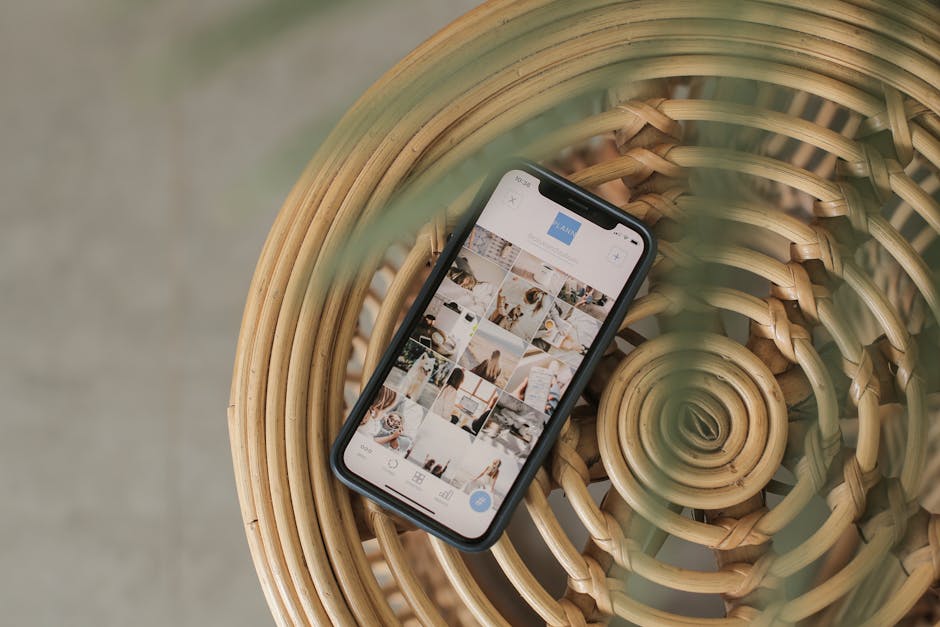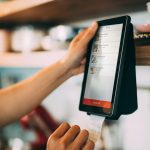It’s 2025 now, and you’re probably thinking about all the cool stuff you can do with a phone app, right? Maybe you’ve had an idea bouncing around in your head for ages, something that could really help people or just be super fun. Getting that idea from just, like, a thought to actually being on someone’s iPhone or Android device, that’s a whole journey. And honestly, it isn’t always the clearest path, there are some turns and twists you wouldn’t expect.
Lots of folks want to create an app, but sometimes they get a bit, well, lost in the details of how to even begin. It feels big, you know, figuring out all the pieces, especially since there are two main kinds of phones out there, Apple ones and Google ones. You can’t just make it for one and expect it to work on the other usually. This little guide here is just supposed to give you a bit of a rundown on what that process looks like, trying to make it sound less like a textbook and more like a chat about getting something cool made.
Figuring Out What Your App Should Even Do
Before any code gets written, or any screens get designed, you really gotta sit down and sort of noodle on your app’s core thing. What’s its point? Who is it for, generally speaking? Is it going to solve some annoying little problem, or perhaps just entertain for a bit? Getting a good grip on what you want to accomplish, that’s like, the absolute first step, you know. Without a solid idea, things tend to get messy pretty quick.
Think about what people will do with it. Will they tap, swipe, type things in? How should it feel when they use it? These are important things to consider early on, because it shapes everything else that comes after it. People expect apps to just work, and make sense. So, making sure your concept is pretty clear and easy to grasp, that’s a big part of it, normally. It saves a lot of headaches down the road, it truly does.
You might even want to sketch out some basic screens on paper, just to visualize the flow. Like, if someone opens the app, what’s the very first thing they see? Then what? Where do they go next? Mapping this out helps you understand the whole user journey, so to speak. This planning stage, it’s not really something you should skip or rush through, as it tends to be quite important for the whole project to go well.
Picking the Tools for the Job: What Tech to Use
Alright, so you’ve got your app idea kinda solid now, which is a big deal. The next thing you’ll face is choosing how you’re actually going to build this thing. This is where the whole iPhone and Android thing really comes into play, because there are a few different ways to approach it. You can build it specifically for one type of phone, or try to make one thing that works on both. It’s often a bit of a puzzle to figure out which way to go.
One way is “native” development. This means you write separate code for iPhone (using languages like Swift, mostly) and separate code for Android (often with Kotlin or Java). It’s generally considered to be the gold standard for performance and looking really good on each platform. The downside is, well, you’re building it two times over, which usually takes more time and money. But the results can be, like, super smooth.
Then there’s “cross-platform” or “hybrid” development. These are approaches where you write your code once, or mostly once, and it then gets put onto both iPhone and Android. Things like React Native, Flutter, or Xamarin are popular for this. They let you share a lot of the code, saving some time and effort. The trade-off sometimes is that it might not feel exactly like a native app, and there can be little quirks here and there. But for many, many apps, it’s a perfectly fine and good choice.
Figuring out which of these routes is best for your particular app idea and your budget, that’s a pretty big decision, obviously. It’s not always simple to choose, and sometimes talking to people who do this stuff for a living can really help clarify things. If you’re in a big city like Houston and thinking about getting some help with this, you might look into mobile app development Houston to find folks who can guide you. They can usually talk you through the different technologies and what makes sense for what you’re trying to achieve.
The Actual Building Part and Making it Work Right
So, you’ve picked your tech, you know what you’re making, and it’s time to actually, you know, make it. This is where the coding starts. Developers will take those ideas and designs you came up with and start turning them into functional parts of the app. It’s like building a house, really; you pour the foundation, put up the walls, add the windows and doors. Each feature of your app is a bit like a room or a utility in that house.
This stage involves a lot of writing code, making buttons work, getting data to show up correctly, and connecting to any online services your app might need. It’s not always a straight line from start to finish. There are typically, like, a bunch of little problems that pop up. A button might not do what it’s supposed to, or the app might crash if someone tries to do something unexpected. That’s just part of the process, normal stuff.
Testing is a really, really big part of this whole building thing. You gotta test it, and then test it some more. Does it work on an older iPhone model? What about a brand-new Android tablet? Does it look right on all these different screen sizes? Does it work if you don’t have good internet? All these questions need answers, and finding those answers means trying things out constantly, usually. You fix one problem, and then you check again to make sure you didn’t, like, break something else by accident.
It’s a back-and-forth, pretty much. Build a bit, test a bit. Fix, test again. This goes on until the app is pretty solid and does what you planned for it to do, reliably. The goal is an app that people can use without getting frustrated, which is harder than it sounds sometimes because there are so many variables when it comes to peoples’ phones and how they use them.
Getting Your App Out There: Launching and Keeping It Going
Finally, you’ve got this working app that you’ve poured a lot of effort into. Now, how do people actually get it on their phones? This is the launch part, and it involves getting your app approved by Apple’s App Store and Google’s Play Store. Both stores have their own set of rules and guidelines that you gotta follow, which can be a bit strict, to be honest. It’s not just a matter of uploading it; they review everything.
For Apple, you need to make sure your app meets their design and technical requirements. Google also has its own rules about what apps can and can’t do, how they handle user data, and stuff like that. You need things like app icons, screenshots, a good description, and usually a privacy policy. It’s a bit of paperwork and preparation, really, before it can go live. They want to make sure the quality is good for their users.
Once your app is out there, the job isn’t actually finished. Nope. You’ll want to keep an eye on how people are using it, listen to their feedback, and fix any bugs that might pop up after the launch. Technology changes fast, so you’ll probably need to release updates pretty regularly to keep your app compatible with new phone operating systems and to add new stuff. People like new features, it’s just how it is.
Marketing is another part of it, too. If no one knows your app exists, then no one will download it. So, telling people about it, maybe on social media or through other ways, becomes important. It’s a bit of a continuous process, making sure your app stays relevant and useful to the people who use it, and attracting new ones. It’s a bit of a marathon, not a sprint, getting an app out there and keeping it going strong.
FAQs about Mobile App Development for iPhone and Android
Q1: How do you even start making an app for both iPhone and Android?
A1: You generally start with a clear idea of what your app will do. Then you pick a way to build it, either making two separate versions (native) or one version that works on both (cross-platform), using different tools for each.
Q2: What programming languages are used for iPhone and Android apps?
A2: For iPhones, it’s usually Swift, sometimes Objective-C. For Android, people generally use Kotlin or Java. If you go cross-platform, you might use languages like JavaScript (for React Native) or Dart (for Flutter).
Q3: Is it possible for a single person to create an app for both platforms?
A3: Yes, it is quite possible. If you learn a cross-platform method like Flutter or React Native, you can build for both with mostly one codebase. It takes a good bit of effort and learning, obviously, but it can be done.
Q4: How long does it typically take to develop a basic app for iPhone and Android?
A4: For a basic app, it can take anywhere from a few months to six months or even more, really, depending on what it does and who’s building it. More complicated apps take much, much longer, usually.
Q5: What are the main steps after an app is built, before people can download it?
A5: Once it’s built, you need to thoroughly test it, fix any issues, and then submit it to the Apple App Store and Google Play Store for review. They have specific rules, and your app has to meet those before it can go live.










